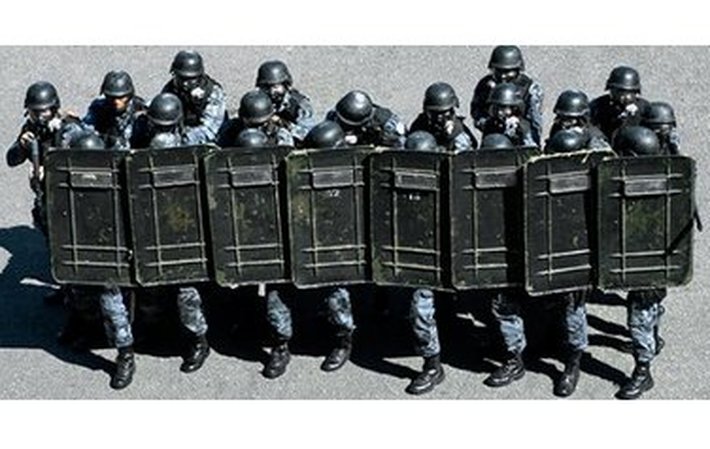
Published on 05/18/2017 | Strategy
We are creating more data in just two days than was created in all of history up until the year 2003. New technologies are driving this. Globally, the data created by Internet of Everything (IoE) devices will reach 507.5 ZB per year (42.3 ZB per month) by 2019, up from 134.5 ZB per year (11.2 ZB per month) in 2014. According to Gartner, global mobile data traffic is set to reach 52-million terabytes (TB) in 2015, an increase of 59% from 2014. Data Centre Traffic Will Triple by 2018.
Keeping this data safe to ensure the flow of data and innovation is essential. Most organizations are aware of cybersecurity risks and are making significant investments in security technology. However, cyber-attackers are getting faster more sophisticated and the entry points for an attack, such as BYOD (Bring Your Own Device) and IoE devices are multiplying and increasing the risks.
So, how can cyber security keep ahead of the threats?
One of the main measures to make this happen is to increase cyber security literacy at the board level. It is still largely considered a CIO domain and it’s essential that literacy is increased to keep organizations safe and off the news headlines for all the wrong reasons. CxO level executives have to juggle multiple priorities of maintaining a cost effective organisation, innovating and keeping ahead of the competition and this may affect the calculations for security investments.
In April this year, Tripwire, Inc., surveyed 250 C-level attendees at RSA Conference USA 2015 in San Francisco and asked “Who would be held responsible in the wake of a data breach on critical infrastructure in your organization?”: 41 percent of survey respondents said “CIO, CISO or CSO.” They have also asked, “Who should be held responsible in the wake of a data breach on critical infrastructure in your organization?” 35 percent said “CIO, CISO or CSO” and only 18 percent of respondents believe the chief executive officer would be held responsible and only 10 percent believe the company board would be held responsible.
Cyber security liability shouldn’t fall on the CIOs’ shoulders only. It is requires attention and from all levels of the executive team.However, it can be difficult for technical executives to accurately convey the changing shape of cyber security risks to non-technical executives. The market has realised that and some companies have specialised in providing cyber security education for c-level non-technical executives such as Templar Executives (UK), Stanford Law School ( US).
Cyber security is more effective at organisations that have robust prevention systems, agile response processes and outstanding mitigation strategies and that is only achievable with comprehensive education at the board level.
This article was originally featured on LinkedIn.